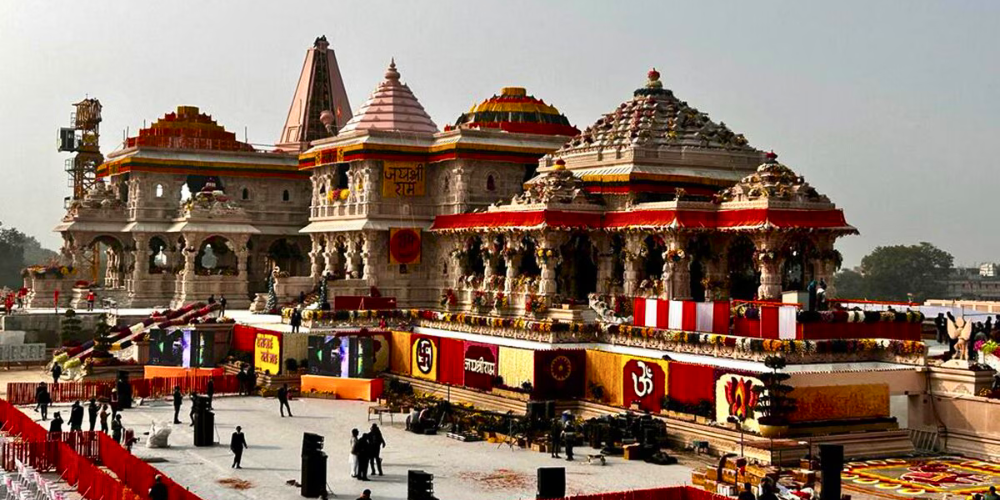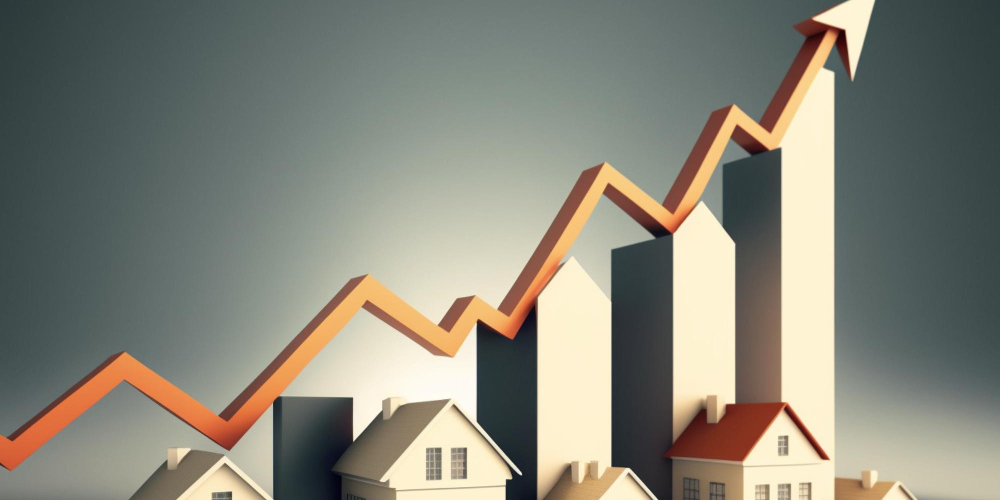Introduction The real estate market in the Delhi-National Capital Region (Delhi-NCR) has experienced a rollercoaster ride over the past decade. From the rampant duping of homebuyers by major realty firms to a grinding halt in demand and lack of price appreciation, the region has faced numerous challenges. However, recent data suggests that the market is finally on the path to recovery, with sales and new launches reaching pre-2015 levels. This article explores the factors contributing to the revival of the Delhi-NCR real estate market and the promising future it holds. The Challenges Faced by Homebuyers The fallout from these incidents eroded trust in the real estate market and led to subdued demand, few new launches, and a lack of price appreciation in the Delhi-NCR region. However, the tide is turning, and the market is witnessing a resurgence. A Resurgence in Sales and New Launches Data from property consultants Knight Frank India reveals that the residential real estate market in the Delhi-NCR, particularly the micro-markets of Noida-Greater Noida, is experiencing a revival. Sales and new launches have bounced back to pre-2015 levels, with residential sales reaching their highest point in 10 years during the first half of 2023. Developers have responded to the increased demand by launching a significant number of new units, surpassing any previous period in nearly a decade. The steady demand for homes can be attributed to two key factors. First, the pause in the repo rate hike cycle announced in February 2023 provided relief to homebuyers. Second, the lack of ready-to-move-in inventory created a bottleneck in demand, prompting interested buyers to eagerly snap up any new inventory from credible developers. The revitalization of the Delhi-NCR real estate sector can be attributed to government initiatives and policy reforms, such as the Real Estate (Regulation and Development) Act, 2016 (RERA), which have restored investor confidence. Additionally, significant infrastructure development in the region has played a crucial role in the recent boom. Infrastructure Development and Rising Prices Enhanced connectivity and infrastructure development in the Delhi-NCR region have significantly contributed to the revival of the real estate market. Micro-markets like Dwarka Expressway, New Gurugram, and Sohna Road have experienced a surge in demand and a rise in home prices. Between April and June 2023, home prices in Delhi-NCR increased by 6% year-on-year, with Gurugram recording an impressive 12% surge during the same period. The Dwarka Expressway and Golf Course Road in Gurugram witnessed significant price appreciation due to improved infrastructure. The Delhi-NCR real estate market has showcased resilience, growth, and shifting dynamics. It has adapted to meet the aspirations of the middle class, guided by demand and supply dynamics, infrastructure development, and investor sentiment. The Noida-Greater Noida circuit has also witnessed a similar trend, with consumers realizing the necessity of owning their homes and seeking properties with better facilities and amenities. Challenges in Noida and Greater Noida While the overall market in the Delhi-NCR region has revived, Noida and Greater Noida face specific challenges. Data from Knight Frank shows that their share in the NCR’s total sales has been declining since H2 2019. The non-availability of ready-to-move-in inventory and a dearth of new launches are the key reasons for this decline. The lack of new residential inventory from credible developers has adversely impacted sales. In H1 2023, Noida and Greater Noida’s cumulative share in new launches halved compared to H1 2022. Despite these challenges, the Delhi-NCR market has witnessed a significant reduction in unsold inventory, with a 21% decrease from 2022-end to June 2023. The rising demand for homes and limited supply has resulted in a sharp increase in prices. Average prices in Gurugram and Noida have surged over 20% between 2018 and early 2023, while Greater Noida has experienced a rise of 17.6%. Leading Players Betting Big on Delhi-NCR Recognizing the potential for growth and rising prices, leading real estate players like Tata Housing and Prestige Estates Projects are making significant investments in the Delhi-NCR market. Tata Housing, based in Mumbai, plans to launch nine projects worth Rs 11,000 crore, with a significant portion dedicated to the NCR market. Prestige Estates Projects, headquartered in Bengaluru, is also entering the NCR market with a project in Sector 150, Noida. The Road to Recovery While the Delhi-NCR real estate market is experiencing a revival, caution is necessary to avoid repeating past mistakes. Stable policies, infrastructure development, and market adaptability are crucial for future growth. The downturn experienced in the past, due to insufficient regulations and financial distress faced by developers, serves as a valuable lesson. The implementation of RERA, demonetization, and GST had a crippling effect on the sector, compounded by other factors such as farmers’ protests and construction halts. However, the future looks promising for the second-largest residential market in the country. Large-scale infrastructure development projects such as the Noida International Airport in Jewar, a multimodal logistics park along the Yamuna Expressway, and the expansion of the metro link between Noida and Greater Noida are set to drive the revival of the Delhi-NCR market. Conclusion Economic Recovery and Growth The revival of Delhi-NCR’s real estate market is closely tied to the region’s robust economic recovery. With GDP growth picking up and increased consumer confidence, the demand for both residential and commercial properties is on the rise. The government’s supportive policies and infrastructure development are further fueling this positive trend. 2. Infrastructure Developments Major infrastructure projects, including the expansion of metro networks, new expressways, and improved connectivity, are playing a crucial role in revitalizing the real estate market. These developments enhance accessibility and convenience, making previously underdeveloped areas more attractive for investment and habitation. 3. Government Initiatives and Policies Government initiatives such as the Pradhan Mantri Awas Yojana (PMAY) and various tax benefits for real estate investments have created a favorable environment for property buyers and developers. These policies are aimed at making housing more affordable and accessible, thus driving demand in the market. 4. Changing Buyer Preferences The pandemic has altered buyer preferences, with a growing emphasis on larger, well-ventilated











